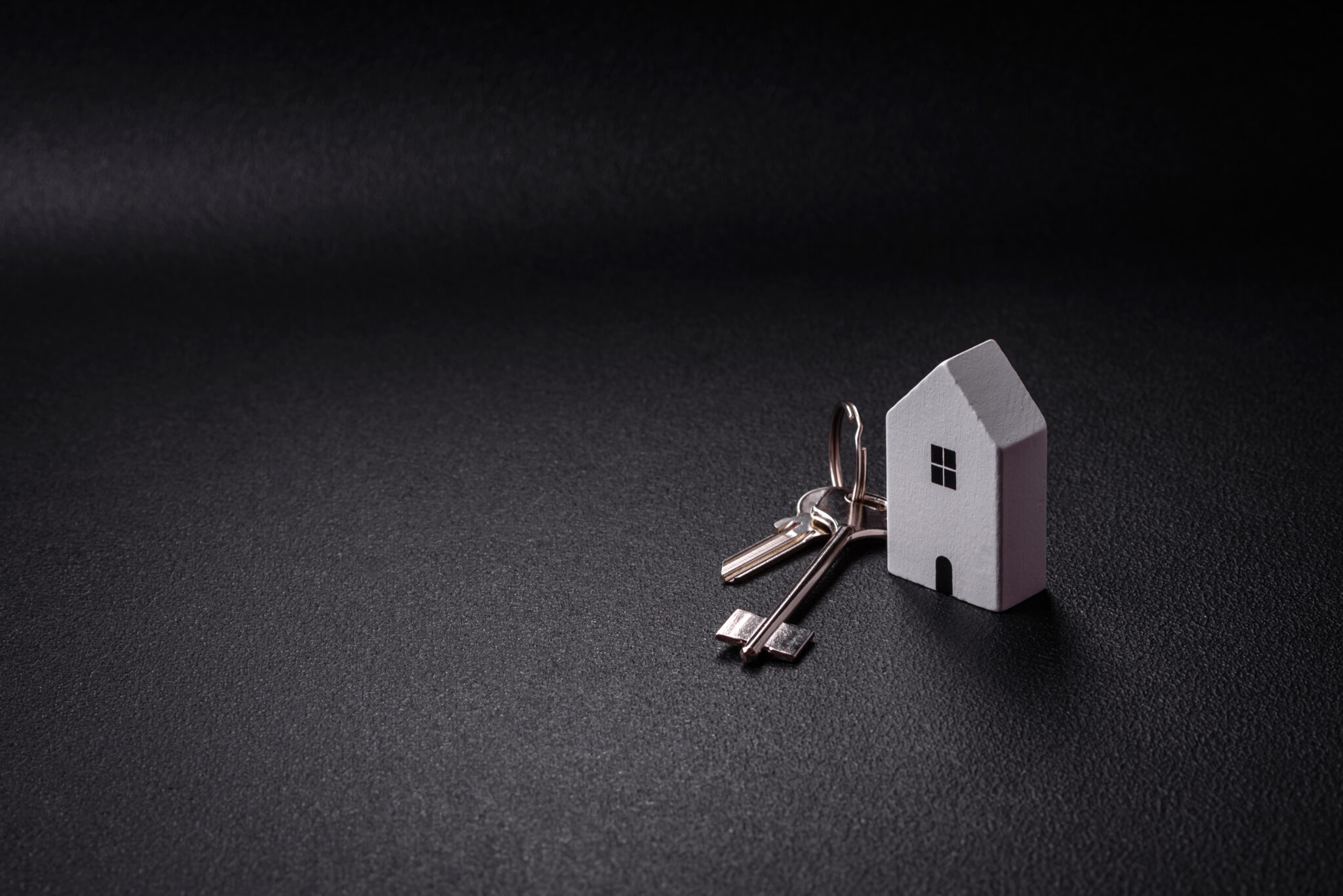 A new study from Apartment List revealed inflation has been running at its hottest pace in four decades, and there are growing fears that the Fed’s efforts to push back could induce a recession in the year ahead. Skyrocketing housing costs have been a key component of inflation, and one that could constitute a wedge issue between renters and homeowners.
A new study from Apartment List revealed inflation has been running at its hottest pace in four decades, and there are growing fears that the Fed’s efforts to push back could induce a recession in the year ahead. Skyrocketing housing costs have been a key component of inflation, and one that could constitute a wedge issue between renters and homeowners.
Most homeowners are locked into fixed monthly mortgage payments, and for those that already owned at the start of the pandemic, quickly rising home values have been primarily experienced as a boon to their net worths. In contrast, renters are bearing the full brunt of rising rent prices (nationwide, the median rent is up 23.4 percent since March 2020), and many of those hoping to purchase homes have been priced out of the for-sale market.
Renters have historically voted at far lower rates than homeowners, but that gap has been narrowing in recent years. Mobilizing renters could be a winning strategy for Democrats, the party that renters tend to favor by a wide margin. But given their present state of economic frustration and disenchantment, this large voting bloc could present an opportunity for either party. In this report, we explore the potential of a renter voting bloc to disrupt national elections, incorporating data on renter voting trends in prior elections, as well as a brand new survey of their current political concerns.
Historically, renter vote at significantly lower rates than homeowners, but the gap is shrinking
As we’ve noted in the past, the renter population is underrepresented at every step of the voting funnel. Compared to homeowners, renters are less likely to be of voting age, more likely to be non-citizens, less likely to be registered to vote even if they are eligible, and less likely to actually vote even if they are registered. There are various reasons for this disparity in political engagement, but a major one is simply property ownership. Homeowners have a large financial motivation to vote when they perceive that the policies at stake could impact local property values. Renters, on the other hand, face additional obstacles to voting. For example, renters are more likely to be struggling financially, such that taking the time to vote may exact a greater cost. Renters also move more frequently than homeowners, which could make it harder to maintain an active voter registration. And renters are far more likely to be members of minority groups who have been plagued by a long history of voter suppression. As a result, there is a wide gap in voter turnout that has persisted for decades. The chart below plots the turnout rates among eligible voters for renters and homeowners for every national election going back to 1990, based on data from the U.S. Census Bureau’s Current Population Survey.

The turnout gap has shown signs of narrowing in recent national elections. In the 1992 presidential election, 71.6 percent of eligible homeowners voted, compared to 50.2 percent of eligible renters, a gap of 21.4 percentage points. The following three presidential elections all also had gaps of more than 20 percentage points. But the gap narrowed significantly to 16.2 percentage points in 2008, when the candidacy of Barack Obama sparked increased turnout among minority voters, a disproportionate share of whom are renters. The gap increased again slightly in the 2012 and 2016 elections, but was still smaller than it had been in the pre-2008 elections. Most recently, the 2020 presidential election saw the highest turnout among renters of any election we looked at (55 percent) and the second smallest turnout gap (16.4 percentage points).
In midterm elections, voter turnout is significantly lower for both groups, and the turnout gap between renters and homeowners is wider. But here too, we see signs that this gap has been narrowing. In the five midterm elections from 1990 to 2006, the gap in voter turnout between renters and homeowners ranged from 23 percentage points to 24.9 percentage points. Then the 2010 and 2014 midterms saw slightly smaller gaps (22.2 percentage points and 22.8 percentage points, respectively). And most recently, in the 2018 midterms, the turnout gap fell again to 19.1 percentage points, the smallest gap of any midterm election we have data for. This narrowing gap was driven by renters in 2018 voting at a far higher rate than they had in any prior midterm (39.8 percent turnout). As housing costs soar and homeownership gets further out of reach for the nation’s renters, it appears that they may be expressing their growing frustration through increased political engagement.
When they do vote, renters favor Democrats heavily
Renters may be far less likely than homeowners to show up at the polls, but when they do, they show a strong preference for Democratic candidates. In the 2020 presidential elections, renters favored President Biden over former President Trump by a staggering margin of 36.5 percentage points; homeowners, meanwhile, favored Biden by a razor thin margin of just 0.6 percentage points. And similar to the turnout gap, the partisan swing of renters is also a longstanding trend. Renters have not swung for a Republican presidential candidate since President Nixon in the 1972 election, and in every presidential election from 1992 onward, the Democratic candidate has won the renter vote by a double digit margin. Conversely, before tilting slightly for President Biden, homeowners hadn’t favored a Democratic presidential candidate since Bill Clinton in 1996.

This trend is not limited to presidential elections. In races for the House of Representatives, renters favored Democratic candidates by a margin of 31.4 percentage points in 2020, while homeowners favored Republican candidates by a margin of 3.7 percentage points. Similar to presidential races, renters have favored Democratic House candidates by double digit margins in every presidential election year going back to 1992.2
Given their extreme skew toward Democrats, increased turnout among renters has the potential to significantly alter the outcomes of election outcomes. We’ve shown previously that if voter turnout among renters had matched that of homeowners in the 2016 elections, Hilary Clinton would have beat former President Trump handily, and Democrats would have likely won additional seats in both the House and Senate. That said, over the past two years – during which Democrats have controlled the White House and both chambers of Congress – housing affordability has been eroding at a historically fast pace, with the national median rent up by 25.9 percent since President Biden took office. This could create an opening for Republicans to speak to renters who may feel disenchanted by the idea that Democrats are serving their needs.
Renters are far more likely to view housing as key issue in midterms
The economy has been extremely volatile over the past two years, and the most-recent stretch of inflation may shape how renters will respond at the ballot box in November. Renters are subject to the greatest impacts of rising housing costs, in addition to the broad general inflation that is making everyday goods more expensive, for everyone. To better understand how the economy is shaping their vote, our team surveyed over 8,200 registered voters in the weeks leading up to the 2022 midterms. This survey is an early signal that once again homeowners will turn out in greater volume, as 80 percent of homeowners said they are “very likely” to vote, compared to 61 percent of renters. Other survey questions suggest a continuation of the political trends that we’ve seen over the past several decades, including renters being more ideologically liberal.
With respect to today’s economy, our survey finds that inflation is a mobilizing topic for renters and homeowners alike, but the rise in housing costs specifically is much more impactful and influential to the renter vote. Surveytakers were asked to agree or disagree with statements about the importance of housing affordability in this election, as well as the detrimental effects of rising housing costs on them and their families. Similar questions were posed about the non-housing components of inflation, like the rising cost of food, gasoline, and other consumer goods.

Broad economic inflation has negatively impacted the majority of voters: 78 percent of renters and 77 percent of homeowners according to the green bars in the chart above. Unsurprisingly, roughly the same share believe inflation is a central issue to be addressed by the candidates in this election. But the largest single component of economic inflation hinges on rent growth, which ballooned nearly 18 percent in 2021. And the effects of this specific type of inflation are not nearly as universal.
To read the full report, including more charts and methodology, click here.
 theMReport.com Your trusted source for mortgage banking news
theMReport.com Your trusted source for mortgage banking news







